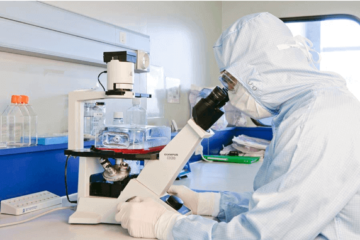Regenerative Medicine in Sports Injuries: Stem Cells for Joint Repair
Regenerative medicine, وخاصة العلاج بالخلايا الجذعية, offers promising advancements in sports injury treatment. By harnessing the body’s natural healing potential, stem cells can repair damaged joint tissues, reducing pain, improving mobility, and potentially extending athletic careers.












